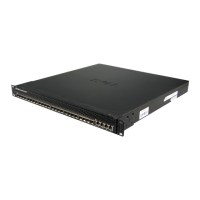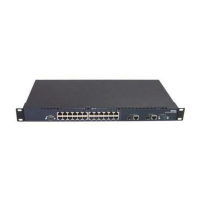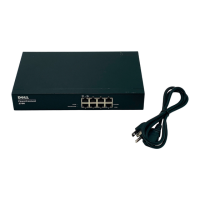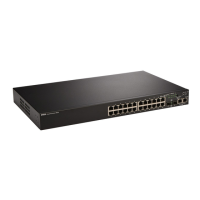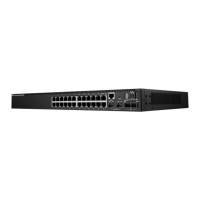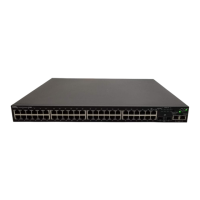PowerConnect B-Series FCX Configuration Guide 687
53-1002266-01
General operating principles
24
• Automatically deploys network policies, such as Layer 2 and Layer 3 QoS policies and Voice
VLANs.
• Supports E-911 Emergency Call Services (ECS) for IP telephony
• Collects Endpoint inventory information
• Network troubleshooting
• Helps to detect improper network policy configuration
LLDP-MED class
An LLDP-MED class specifies an Endpoint type and its capabilities. An Endpoint can belong to one
of three LLDP-MED class types:
• Class 1 (Generic endpoint) – A Class 1 Endpoint requires basic LLDP discovery services, but
does not support IP media nor does it act as an end-user communication appliance. A Class 1
Endpoint can be an IP communications controller, other communication-related server, or
other device requiring basic LLDP discovery services.
• Class 2 (Media endpoint) – A Class 2 Endpoint supports media streams and may or may not be
associated with a particular end user. Device capabilities include media streaming, as well as
all of the capabilities defined for Class 1 Endpoints. A Class 2 Endpoint can be a voice/media
gateway, conference, bridge, media server, etc..
• Class 3 (Communication endpoint) – A Class 3 Endpoint supports end user IP communication.
Capabilities include aspects related to end user devices, as well as all of the capabilities
defined for Class 1 and Class 2 Endpoints. A Class 3 Endpoint can be an IP telephone,
softphone (PC-based phone), or other communication device that directly supports the end
user.
Discovery services defined in Class 3 include location identifier (ECS/E911) information and
inventory management.
The LLDP-MED device class is advertised when LLDP-MED is enabled on a port.
Figure 116 illustrates LLDP-MED connectivity and supported LLDP-MED classes.
General operating principles
LLDP and LLDP-MED use the services of the Data Link sublayers, Logical Link Control and Media
Access Control, to transmit and receive information to and from other LLDP Agents (protocol
entities that implement LLDP).
LLDP is a one-way protocol. An LLDP agent can transmit and receive information to and from
another LLDP agent located on an adjacent device, but it cannot solicit information from another
LLDP agent, nor can it acknowledge information received from another LLDP agent.
Operating modes
When LLDP is enabled on a global basis, by default, each port on the Dell device will be capable of
transmitting and receiving LLDP packets. You can disable a port’s ability to transmit and receive
LLDP packets, or change the operating mode to one of the following:
• Transmit LLDP information only
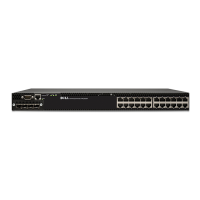
